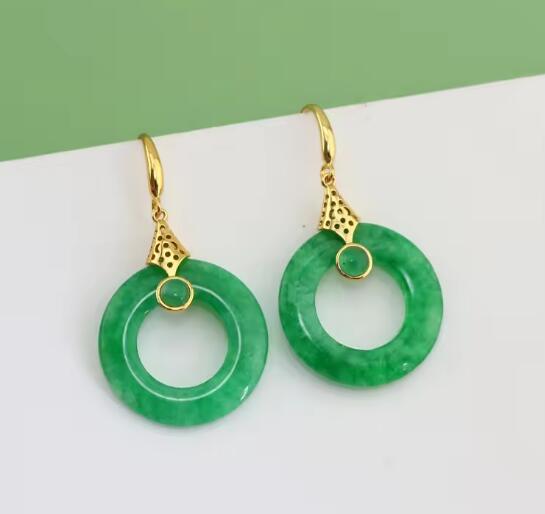The New Gemstone Landscape: How Lab-Grown Gems Are Reshaping the Jewelry Market
The gemstone industry is experiencing a fundamental transformation as laboratory-grown gems establish their presence alongside natural stones. This evolution represents not merely a trend but a significant market shift that's creating new opportunities while challenging traditional paradigms in jewelry manufacturing and retail.
Understanding the Lab-Grown Gemstone Phenomenon
Laboratory-created gems have developed distinct market positions through several key advantages:
1)Accessible Excellence: Advanced technological processes enable production of gemstones with exceptional clarity and color consistency at significantly lower price points
2)Ethical Assurance: These gems provide documented conflict-free origins and reduced environmental impact compared to traditional mining operations
3)Quality Consistency: Unlike natural stones with inherent variations, lab-grown gems offer predictable quality across production batches
4)Technical Innovation: Modern consumers increasingly appreciate the scientific achievement behind created gems
Natural Gemstones' Strategic Response
The traditional gem market has developed sophisticated counterstrategies:
1)Heritage Emphasis: Highlighting the geological marvel of natural formation over millions of years
2)Authentication Advancements: Implementing enhanced certification and blockchain tracking systems
3)Rarity Marketing: Focusing on the unique characteristics and scarcity of high-quality natural specimens
4)Market Repositioning: Natural gems increasingly positioned as legacy investments rather than mere accessories
Observable Market Impacts
The industry has demonstrated remarkable adaptability:
1)Supply Chain Evolution: Traditional mining companies diversifying into laboratory production
2)Retail Transformation: Jewelers developing separate but complementary inventory strategies
3)Consumer Awareness: Increased transparency driving more informed purchasing decisions
4)Technical Exchange: Laboratory research improving natural gemstone processing techniques
Future Market Directions
Current patterns suggest sustainable coexistence:
1)Clear Market Division: Lab-grown dominating accessible luxury segments while natural stones maintain premium positioning
2)Value Preservation: Exceptional natural stones continuing to appreciate as collectible assets
3)Creative Integration: Designers blending both categories within innovative jewelry creations
4)Technological Advancement: Both sectors benefiting from shared research and development
Guidance for Discerning Buyers
Key considerations for modern gemstone selection:
1)Purpose Alignment: Lab-grown for fashion-forward pieces, natural for heritage investments
2)Sustainability Evaluation: Balanced consideration of mining impacts versus manufacturing energy requirements
3)Aesthetic Priorities: Natural uniqueness versus laboratory precision
4)Verification Essential: Third-party certification crucial for both categories
The relationship between laboratory-grown and natural gemstones represents market evolution rather than displacement. While laboratory creations have captured specific market segments, they've simultaneously expanded the overall gemstone jewelry market by attracting new consumer demographics. The industry's trajectory suggests continued coexistence, with each category serving distinct purposes while collectively advancing jewelry design and accessibility. This dynamic environment ultimately benefits consumers through increased choice, improved quality, and enhanced transparency across all price segments.









